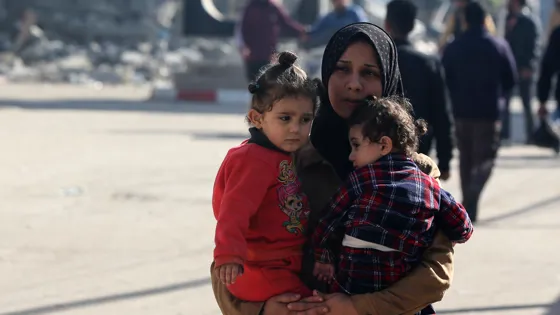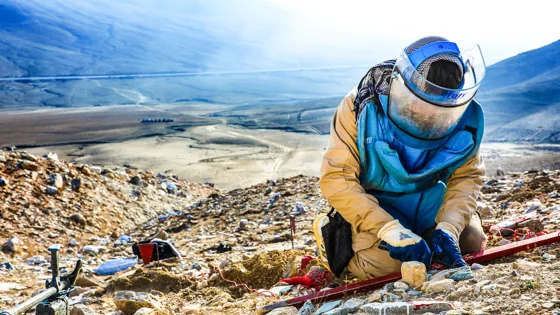Pervasive risk of crime and exploitation
Though conditions in each country along the route can vary widely, migrants are extremely vulnerable at most stages of the journey, and Mexico is arguably among the riskiest points, with migrants facing pervasive and significant risks of victimization.
Mexico also tends to be among the longest stopovers, as asylum seekers are frequently stranded in Mexico for weeks or months as they await permission to present themselves for the initial phase of making an asylum claim at a United States port of entry along the southern US border.
Organized crime has a significant presence across much of Mexico, and a new economy of exploitation has been built around the presence of migrants from outside the region, with victimization taking numerous forms, often depending on which organized criminal group is operating.
This ranges from outright abduction for ransom, where the victim is often abused and tortured in order to extract payment from family elsewhere, to enslavement for sex or other labor, or forcing the migrants themselves to act as smugglers for drugs or other illicit goods.
These groups, sometimes in collaboration with corrupt local authorities, also control movements on many sectors of the migration route within Mexico, to the extent that some have begun using a wristband system to identify migrants who have paid the fee to be allowed to continue to their next destination.
It is nearly impossible for a migrant to cross the country without interacting with these groups in some way, and there are vanishingly few trustworthy resources that a migrant in need or distress can turn to.
The Mexican state is reluctant to brand the migration situation a ‘crisis’, and the institutional response is insufficient and arbitrary. There are few reliable regulations or guidelines, and the legal framework within which migrants cross the country is ambiguous, with response and enforcement often down to the individual whims of the offices and officers responsible.













